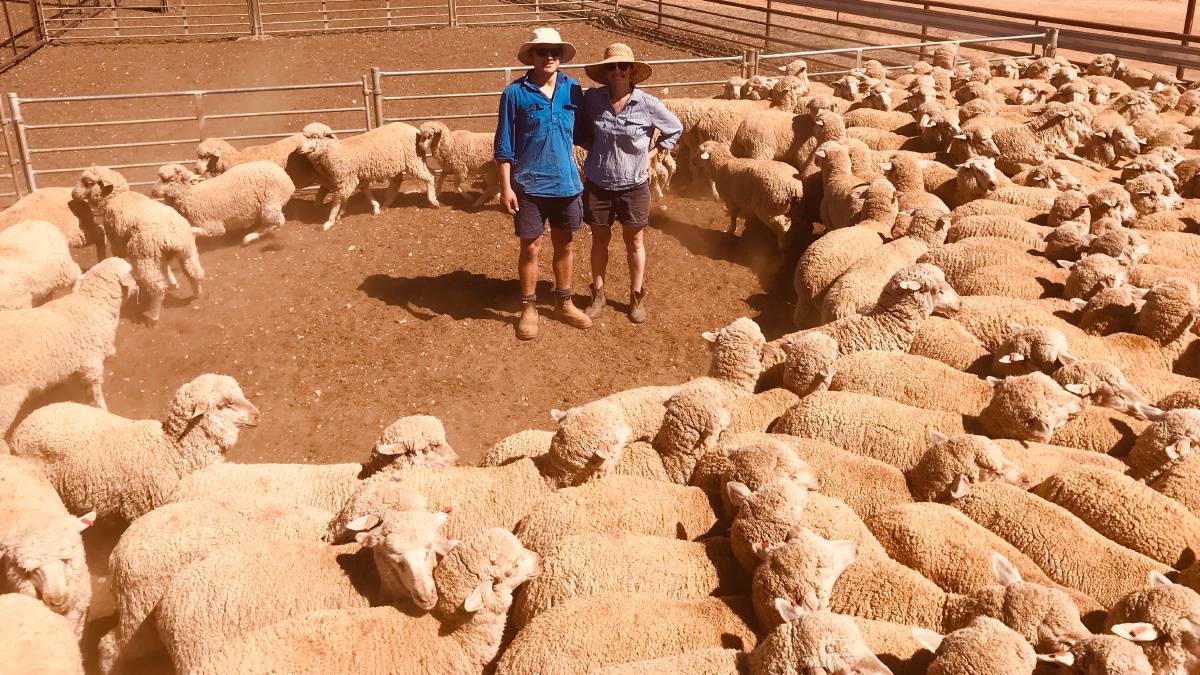NEW CONTAINMENT YARDS PROVING A VALUABLE TOOL FOR EP WOOLGROWERS
Stock Journal, Quinton Mccallum, 29 September 2019

The Schaefer family at Pinkawillinie are starting to see the benefits of confinement feeding for their breeding ewes, after building containment yards early this year to tackle paddock soil drift and erosion. The family - Paul and wife Caitlin, parents John and Jo, Paul's sister Nicole and her husband Joel Fitzgerald - run a 4500-hectare cropping and sheep enterprise.
They run a 1200 to 1400 head self-replacing Merino flock, with a primary focus on wool production, and grow wheat, barley, lupins and some oats for hay. Paul Schaefer said the catalyst for the confinement yards and making a change was starting a farm business course two years ago, which had a big focus on benchmarking. "Our first result showed we technically made a loss from our sheep enterprise when our time, labour and more was accounted for," he said. Paul said that course, along with dry summers and a lot of time spent feeding sheep, made them realise they needed to make a change."Our intention was to increase our stocking rate by keeping the same amount of ewes on reduced winter grazed hectares," he said. "By using the confinement area to allow feed to get away we have achieved this, with the added benefit of now looking at a very dry season and being able to lock the sheep up from late spring and control their feed to a maintenance ration."
In February, the Schaefers finished the construction of four containment pens, which are conveniently located near their existing sheep yards and shearing shed. Two pens of 2500 square metres and two pens of 1600sqm allow enough space for their 1200 ewes, with Paul saying the stocking rate could be increased if needed. "There was a bit of an existing laneway so we built the pens onto that," he said. It had mains water already running past it and was close to the yards so they can double as an extra holding area at shearing or marking." Paul said their pregnant ewes went into containment pens for two months after shearing in late March this year.
An old hammer mill from when they owned a piggery was used to mix lupins and cereals, with an auger extended to load into lick feeders. "Even though there was only a minor break to the season this year, we sowed some feed and it just gave it enough time to get away," Paul said. "If we had ewes on there as it was poking up they would have mowed it off because they hadn't seen any green feed for a while. "In better or more average years it will provide the time to get feed established early and then put sheep on."